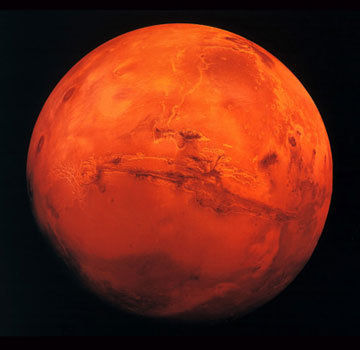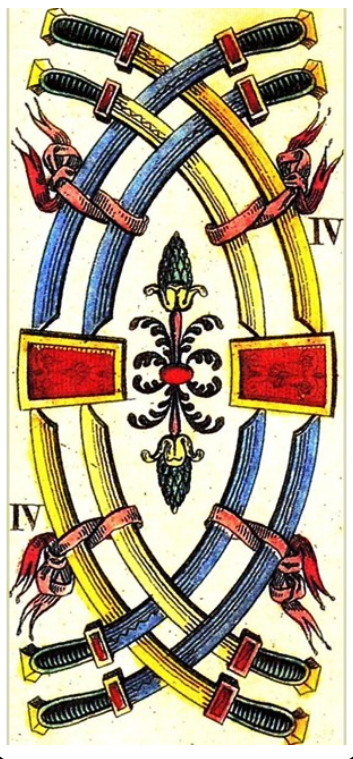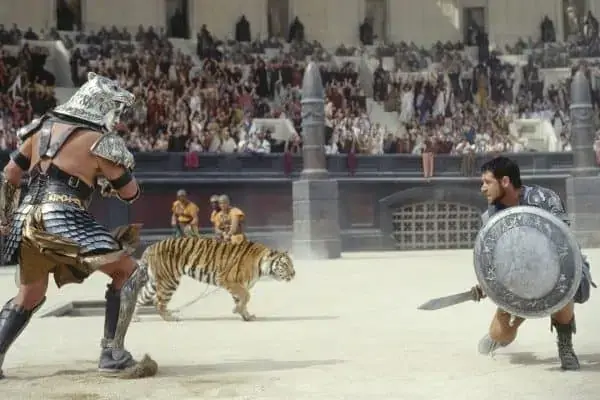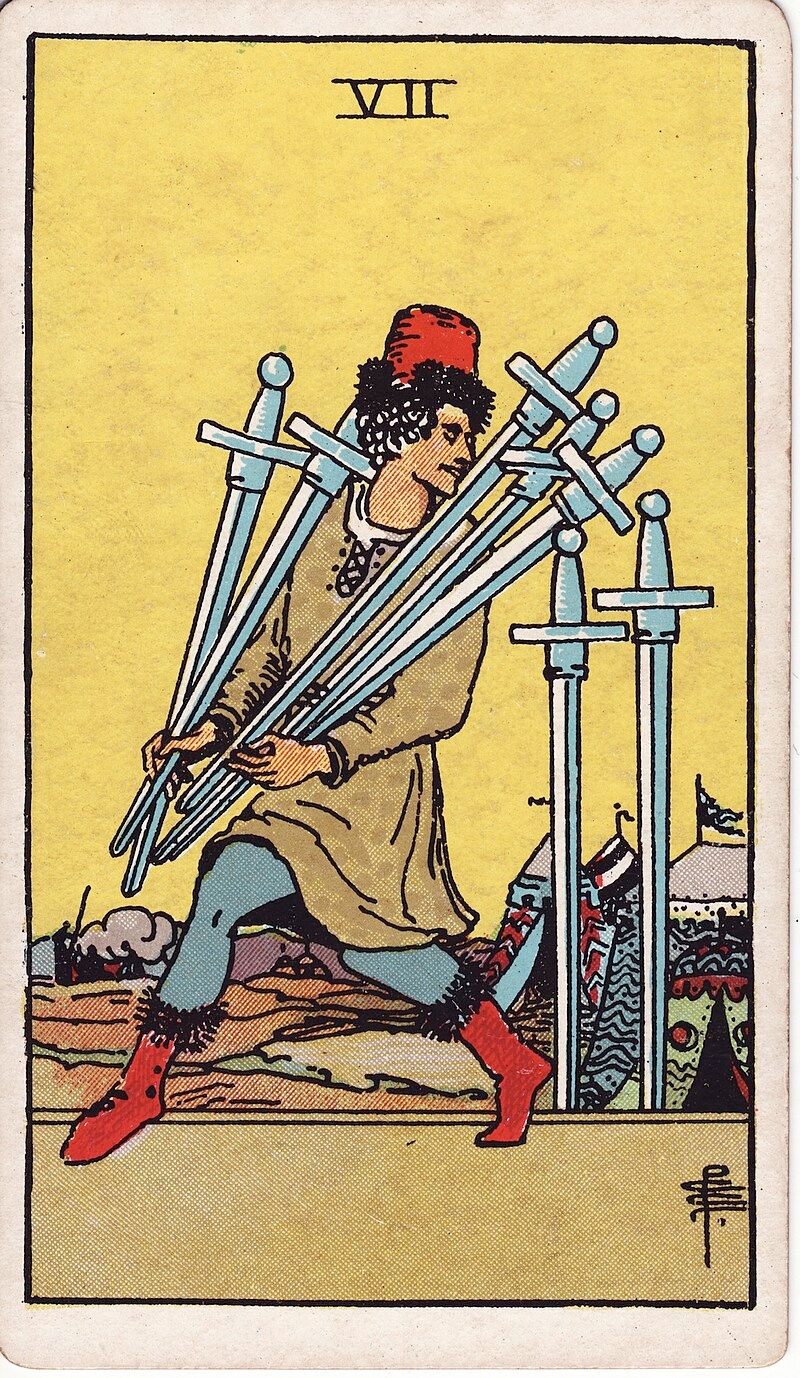Astrology & Tarot
- Andy Kinnear
- Apr 29
- 7 min read

Appearance and Meaning
Astrology and Tarot both function through symbol, i.e. the presentation of an outer layer - an appearance, and behind it an inner layer - a meaning. We use these symbols as microcosmic (Tarot) or macrocosmic (Astrology) reflections of our lives, informing us of the various dynamics that are playing out.
These lines and curves you see here (i.e. words) also function through appearance-meaning, or symbol, however, the difference lies in conscious versus unconscious inception or intention. In other words, in Tarot/Astrology the unconscious (or ‘the universe/god/spirit’ if that aligns with your beliefs), is choosing¹ the symbols, whereas words are chosen by the (human) conscious mind.
Development of Appearance & Meaning

The planet we call Mars appears red in colour. Red is the colour of blood, the colour one’s face turns when one is angry, or if one is locked in passion. Natural then for early civilisations to associate this deliberately moving reddish dot with meanings such as ‘passion, anger, force’².
With further associations developed through having a higher path volatility compared with other planets, as well as the Greek's assigning their god Mars, hence the name.

With Tarot the appearances are not in the sky, but on cards as painted figures and scenes, or simply just a collection of coins or batons or swords and so on. If we gaze at an image of four swords on a Tarot card, even before consciously memorising card meanings, we are bringing a lens of unconsciously assigned meaning developed over thousands of years. Both for the number four, and the sword.
Swords metaphorically relate to the mental: the cutting mind, a sharp wit, an incisive intellect, or perhaps blunt thoughts. Four has come to mean: stability, stasis, solidity. So, combined we have ‘mind in stasis’, which is more or less what you would find when looking up the meaning of the four of swords, i.e. rest, stilling the mind etc.
Astrology Tarot Pie
This appearance-meaning dynamic is one aspect that Tarot and Astrology share; we use both to reflect our everyday realities through their rich symbolic associations. However, another aspect of their relationship is the direct injection of Astrological concepts into the system of Tarot. In fact, one could go so far as to argue that if the tarot of today were a lemon meringue pie, the lemonness comes from astrology, (and the meringue’s eggs from kabblistic chickens). In other words, astrological ideas are inextricably embedded in the Tarot.

For example, if we take the most popular and iconic deck of today (Rider-Waite-Smith), right off the bat we see the Venus sigil clearly displayed on the Empress card, which is the Venusian planetary trump.
As well as these obvious associations, there are many less tangible influences. If you had never tasted lemon before, would you be able to pick out and define that ‘lemonyness’ in lemon meringue pie? Perhaps not, but you would still be tasting the lemon without really knowing what it was.

Here on the right we have the seven of wands, associated with Mars in Leo. Can we extract the lemon (astrological) flavor from amongst the other ingredients (theosophy, Kabbalah etc.) that are baked into the image and this deck as a whole? As far as I am aware we cannot do this with any certainty. As well as direct instruction from Waite, Pamela Colman Smith drew intuitively from a psyche steeped in these many esoteric disciplines, reverse-engineering this largely unconscious process is likely impossible. Furthermore it may be more pertinent to spend our time learning how to practically use astrology to bring greater depth and flavour to readings, rather than worry too much about research.
Practical Integration
When memorising lines for a play or film, an actor must not only informationally remember their lines, but also emotionally connect to what is within or under the dialogue. So when it comes to performing, they can transmit a deeper level of feeling to audiences. I believe it is no different when we memorise card meanings and associations.

Coming back to the four of swords - according to the Golden Dawn system, this card is associated with Jupiter in Libra. So having learnt the information that Jupiter is about expansion, and Libra about balance, a reader says to their client “ah yes, well this is Jupiter in Libra, so it’s all about balancing expansion”. The reader has no feeling about the dynamic, they have no understanding, they are just saying words.
We would hope there is enough sensitivity in people to realise the difference between this robotic narration of information versus emotionally nuanced understanding. So I would suggest never just memorising information, and always relating to the emotion.
So how can we internalise meanings in such a way we relate emotionally and understand the nuances deeply?
One method is to go through personal experiences in your life and associate the cards or astrological concepts with real feelings you have personally had, or the feelings of people you know well. Alternatively you can associate TV/Film/fiction scenes that you personally relate to strongly, or even those from celebrity lives or political events. Anything where you feel you have visceral experience of the emotions/feelings etc. in question.

For example, coming again to the seven of wands, with the astrological association of Mars in Leo. This could be Maximus Decimus Meridius using his strength, power and military skills (Mars) in a courageous pursuit, whilst involved in the theatricals of the coliseum (Leo).
A personal example from my life: my dad and step-mother launching a volley of ‘you need to settle down and get a proper job’ judgements, I stood my ground to defend my nomadic, free-spirited way of life. Perhaps not as dramatic as fighting for your life with swords and spears in front of thousands of people.

Another method is to meditate on the meanings using your imagination. For example, let’s take the seven of swords, moon in Aquarius. First step - familiarise yourself with keywords of the moon and Aquarius. Then set a timer for around five to ten minutes (to help cultivate greater focus), close your eyes and meditate on those words, allow yourself to imagine scenes and scenarios. Then visualise the card scene itself and combine the astrological feeling with the card image, characters. symbols etc.

Another similar method is using guided meditations. I have created some that may be helpful (coming soon). You could even ask an AI tool to give you written or even visual prompts (if you aren’t morally against such tools² ). To the right is an example of an AI image attempting to 'illustrate' Moon in Aquarius, which could be useful as a starting point for an imaginary story.
Once your mind has marinated in this base of emotional knowledge, your intuitive impulses can, when appropriate, veer freely into astrological aspects without interrupting the flow of a reading. Similarly, learning scales in music is the ‘boring’ part, yet it enables the joy of intuitive creative flow in improvisation.
Interplay
Astrology associations in a Tarot reading can not only add nuance to the cards, but may also prompt an investigation into a birth chart, or a certain dynamic currently active or relevant in the chart of the moment.
For example, if the moon appears in a reading alongside the High Priestess and the Hermit. Because the High Priestess is the lunar trump and the Hermit is hermetically related to the moon (Moon - 18, 1+8 = 9 - Hermit), I would be very inclined to look at the current aspects or transits of the moon, or the client's moon placement. Likewise if the Empress (Venusian trump), 9 of Pentacles (Venus in Virgo) and the Hierophant (Taurus, ruled by Venus) appeared together, there would be a strong attention on Venus.
Further Uses
I am sure one could find countless ways to combine Tarot and Astrology, here we have looked at just a few. If you would like to explore these ideas in greater detail, I recommend Tarot Decoded by Elizabeth Hazel.
I personally don't leap into the astrology during a reading, the focus is primarily on the visuals, the immediate intuitive responses and the traditional card meanings. Then if I want a deeper layer I may go into the astrological and kabbalisitic associations as seems appropriate.
I hope this has helped you better understand the relation between Astrology and Tarot, which if taken seriously could easily expand into several books, so do take all this with a pinch of salt, it's my personal take and is not meticulously researched.
If you are thinking of booking a reading and would like a larger focus on the Astrology elements, just mention it in the booking form.
Footnotes
¹ The verb ‘choose’ here is not apt of course, I don’t believe there is an appropriate word to use for the process by which divination functions, i.e. how the ‘right’ cards appear or how it is that planetary cycles align themselves with human life. One could cite Jungian ideas, or any other system of thought, but at the end of the day we will always come up against the limitations of human logic and thought. That isn’t to say we should throw the baby (logic) out with the bath water, we can continue utilising logic, yet always trusting direct experience over the overlaying of the mental realm. Balancing sraddha (faith, letting go, opening) with viveka (discernment, reasoning). In other words, I do not need to believe, explain or logically prove that Astrology and Tarot are reflecting my reality for me to experience that it is so. My experience of it’s being ’true’ supersedes any logical deductions.
² I am aware of the regrettable polarisation when it comes to this topic. I believe it is easy to judge a tool that, A) one hasn’t used, or hasn’t used enough to receive benefit from. And B) a tool that is burgeoning. The same was true for the printing press (threatening church authority), electricity (scary, would set cities on fire), the car (travelling at such speeds would damage the human body - which is of course true, as many have died in car accidents). I am writing this section because I do believe AI tools are potentially instrumental in helping humanity evolve emotionally, technologically, environmentally and socially to a degree that we live richer, healthier, and more peaceful lives. I am also driven to write this because I was very much against AI before I had even used it. It now helps me: create much more engaging and relevant English lessons for students, educates me on many diverse subjects, and improves my writing style, among many other things. The point is - a knife is a tool that can be used by hate to stab someone, or by love to cut onions lovingly for a meal. The individual is responsible for the degree to which they are using AI in service of truth, awareness, clarity and positive evolution, and so to they are also responsible for preventing AI or other technological advancements from distracting them from their truth, spirit etc.



Comments